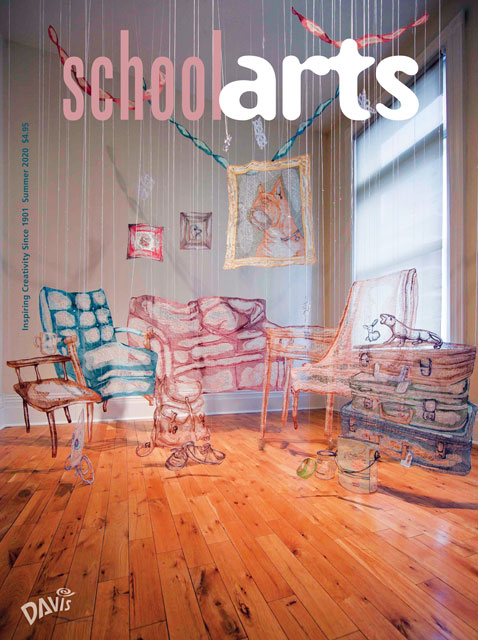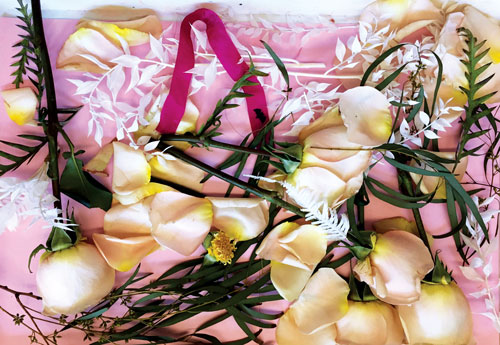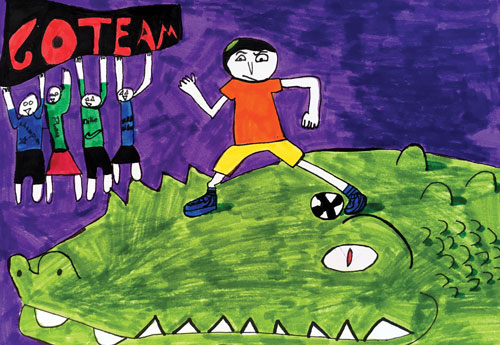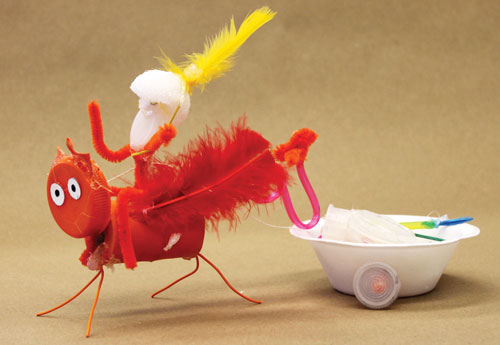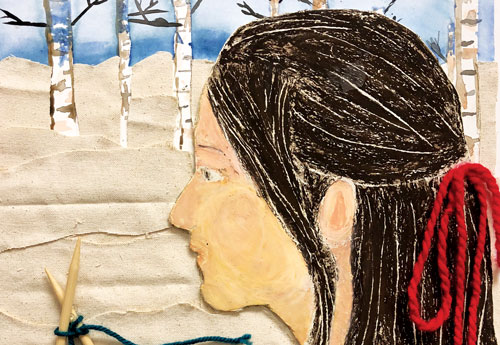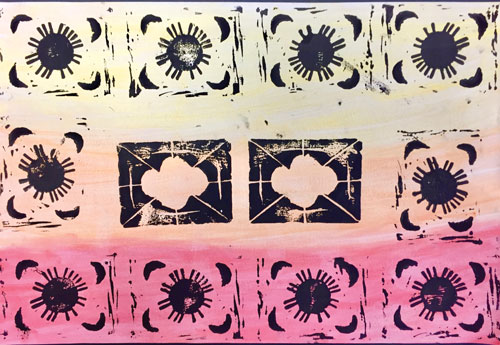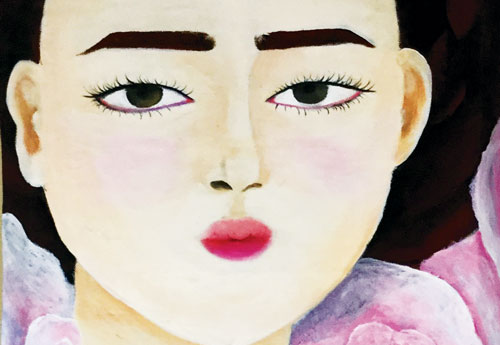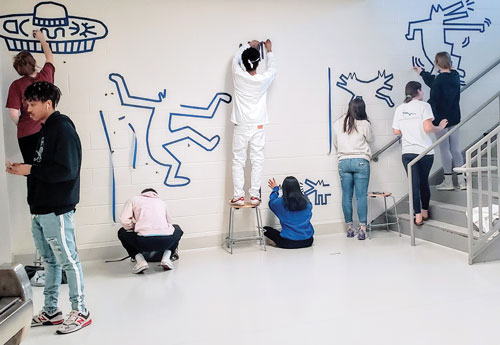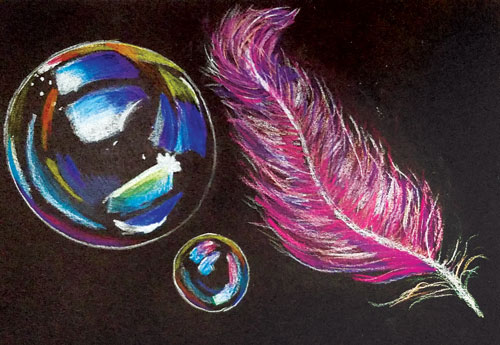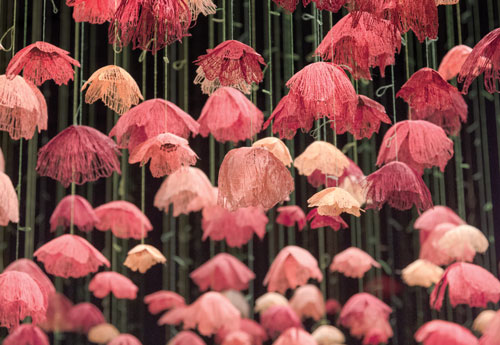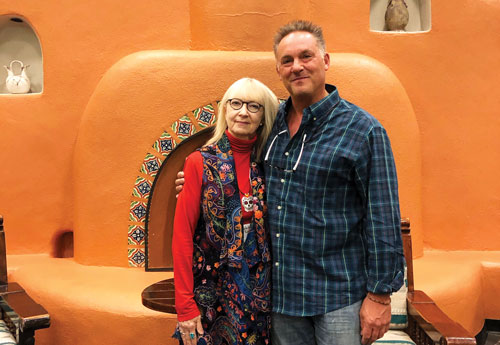
Editor's Letter: Choices
Teaching for Artistic Behavior (TAB) is an instructional approach developed by Katherine Douglas, Pauling Joseph, John Crowe, and Diane Jaquith. Beginning at the elementary level, it involved setting up a variety of centers in the art room, often based on different media. Students chose the center they wanted and what they wanted to create.
Read Article
